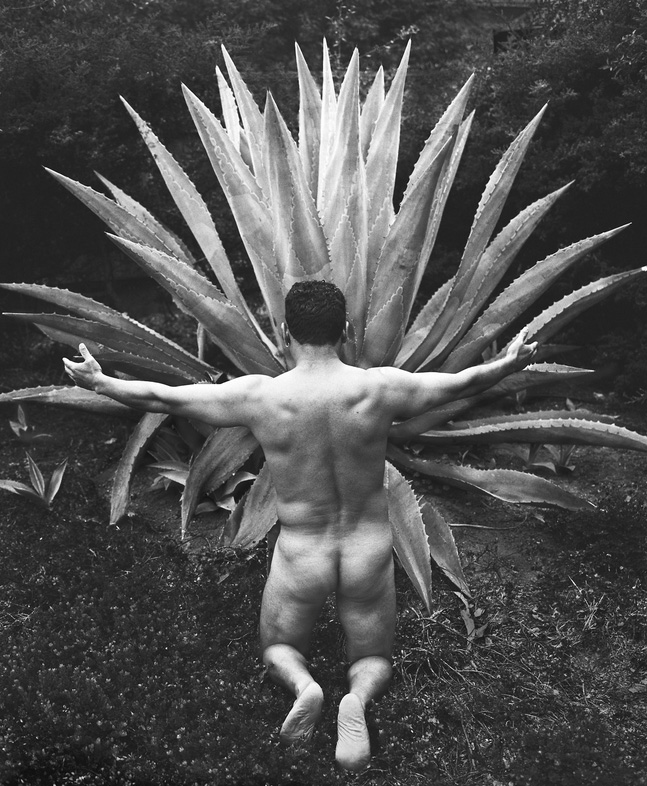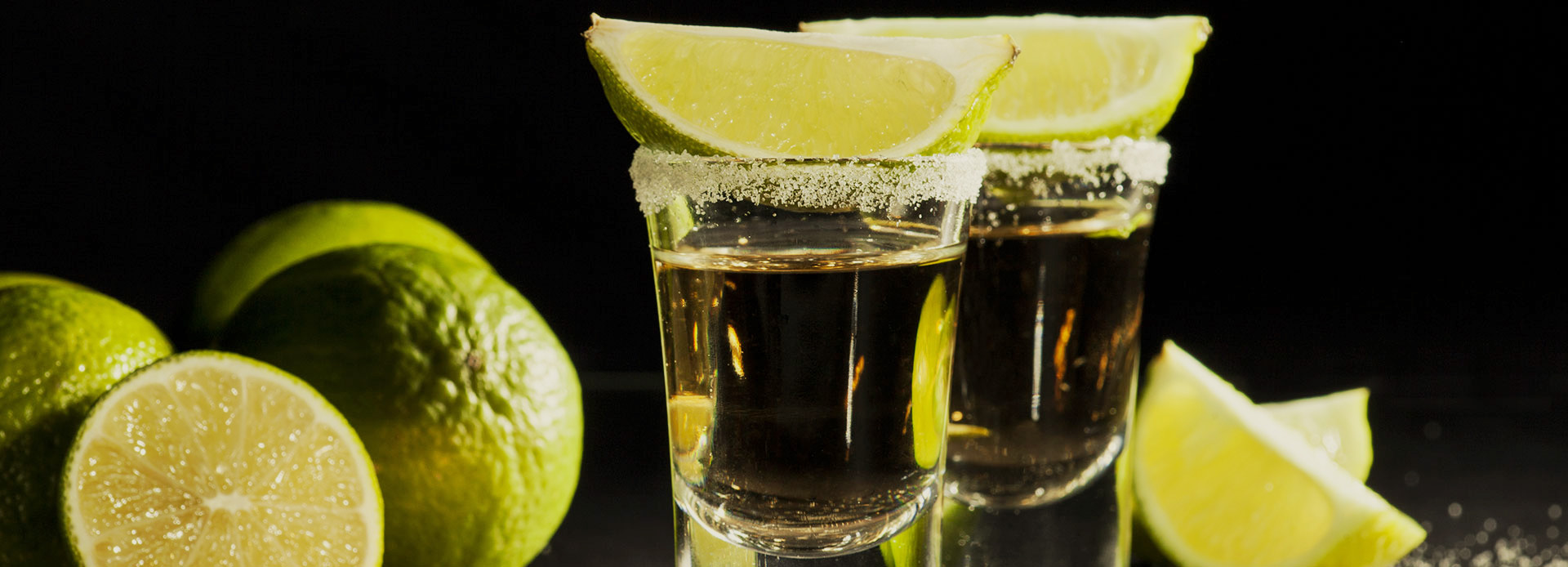Made from distilled fermented blue agave plants, tequila has always had a certain ‘reputation’. Tequila has recently become the ‘new’ fashionable libation to enjoy, but it actually has a long tradition dating back to the 16th century.
Remember, with Reposado and Añejo tequilas, they need to be enjoyed like a fine whiskey. Sip and savor to get the full incredible nuances of the beverage. Since National Tequila Day is July 24th, here are some interesting Wildcatter facts and suggestions to enjoying tequila. ¡Salude!

Facts:
- Tequila must be produced from 100% blue agave.
- It is only tequila if it is produced within Jalisco and limited areas of Guanajuato, Michoacán, Nayarit, and Tamaulipas.
- Red volcanic soil around the city of Tequila is the “secret” to the terroir that is well suited for the blue agave.
Know your tequila:
- Blanco (white) or silver is clear and is usually not aged or aged less than two months. It is the type of tequila usually used in margaritas
- Joven (young) or gold is not aged silver tequila with caramel coloring or an oak extract. Jose Cuervo Gold is an example of joven.
- Reposado (rested) is aged a minimum of two months, but less than a year in any size of oak barrels.
- Añejo (aged) is aged a minimum of a year, but no more than three years in only small oak barrels.
- Extra Añejo (extra aged) is a new category added in 2006. It is aged a minimum of three years in oak barrels.

- Blanco – Herradura, Tres Generaciones, or Patron
- Reposado – Don Julio, Herradura, or Hornitos
- Añejo – DeLeon, Partida, or 1800
- Extra Añejo – Rey Sol Anejo, Avion Reserva 44, DeLeon Estar Añejo, Casa or Herradura “Seleccion Suprema


